Spray foam insulation is a remarkable innovation in the construction industry, providing unparalleled insulation properties and energy efficiency. However, the process of installing spray foam, especially polyurethane spray foam, is as complex as the foam’s chemistry itself. To ensure that you’re installing the best product in the best way, it’s important to understand the common challenges and learn the effective strategies to overcome them.
In this comprehensive guide, we’ll delve into the common problems that installers face and offer actionable solutions for each. Our aim is to help you, the installer, to understand the nuances of the material, recognize the pitfalls, and adopt best practices to deliver a successful installation.
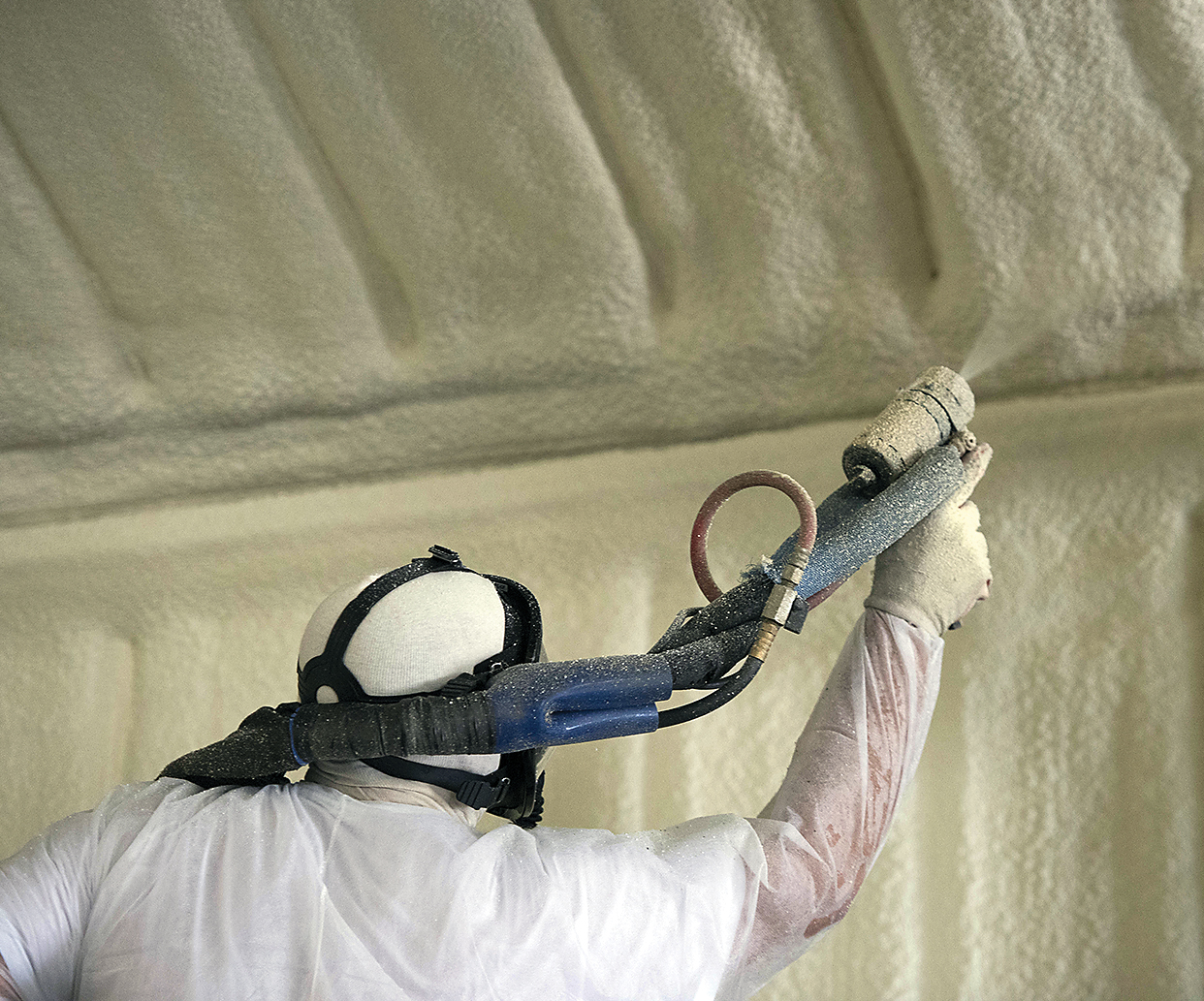
Common Installation Problems
Every spray foam installation task presents unique challenges, but these usually fall into four main categories:
- Poor Preparation
- Incorrect Application
- Inadequate Follow-up
- Lack of Training
These problems are the result of not adhering to industry-standard quality assurance protocols. But how can they be mitigated? For one, spray foam installers need to understand the chemistry of the foam they’re working with. They also need to be well-versed in all installation best practices and have a consistent in-house quality assurance program. By ensuring this, we lay the foundation for a successful insulation project.

The Role of General Contractors
While the onus is primarily on the foam installer to guarantee a high-quality application, general contractors also play a key role in ensuring proper installation. This is new territory for many contractors who may not have prior experience with foam insulation installation. However, just as they oversee their tradesmen in other areas, so too must they learn to manage the foam insulation process.
The Crucial Impact of Temperature and Moisture
It’s vital to understand that foam insulation is sensitive to the conditions in which it is applied. Both ambient and substrate temperature and moisture conditions can drastically affect the quality of the foam application. To ensure success, the installer should know the temperature and moisture limits for each product they install. More importantly, they should be able to verify that they meet these requirements under any conditions and for any substrate.
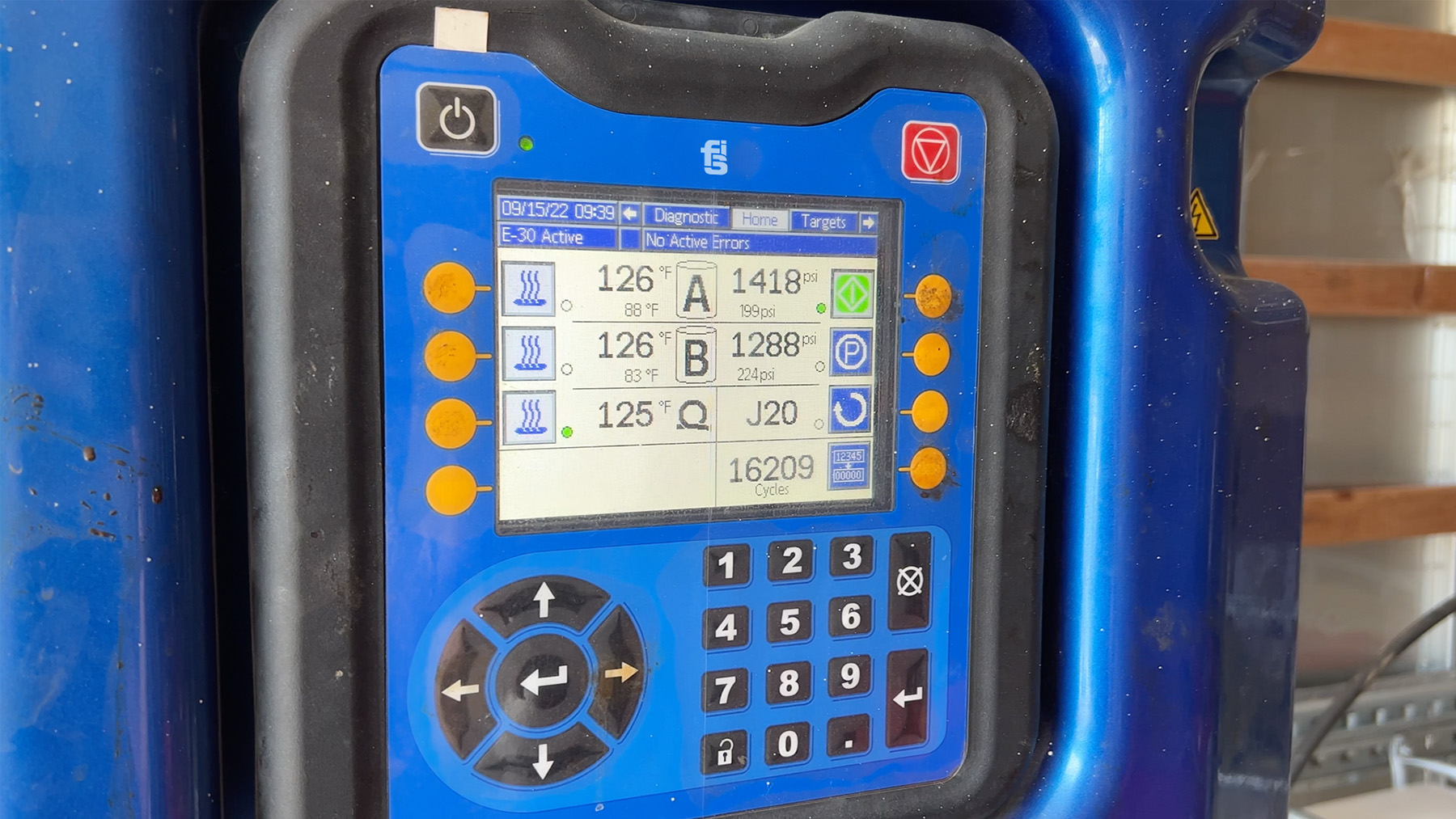
Overcoming Cold Conditions
Cold temperatures can limit when foam can be installed and how it’s cured. If foam is installed in cold ambient conditions or on too-cold substrates, it can lead to thermal shock, causing the foam to shrink and delaminate. To combat this, temporary heat and insulation can be used to extend the installation season and ensure optimal results.
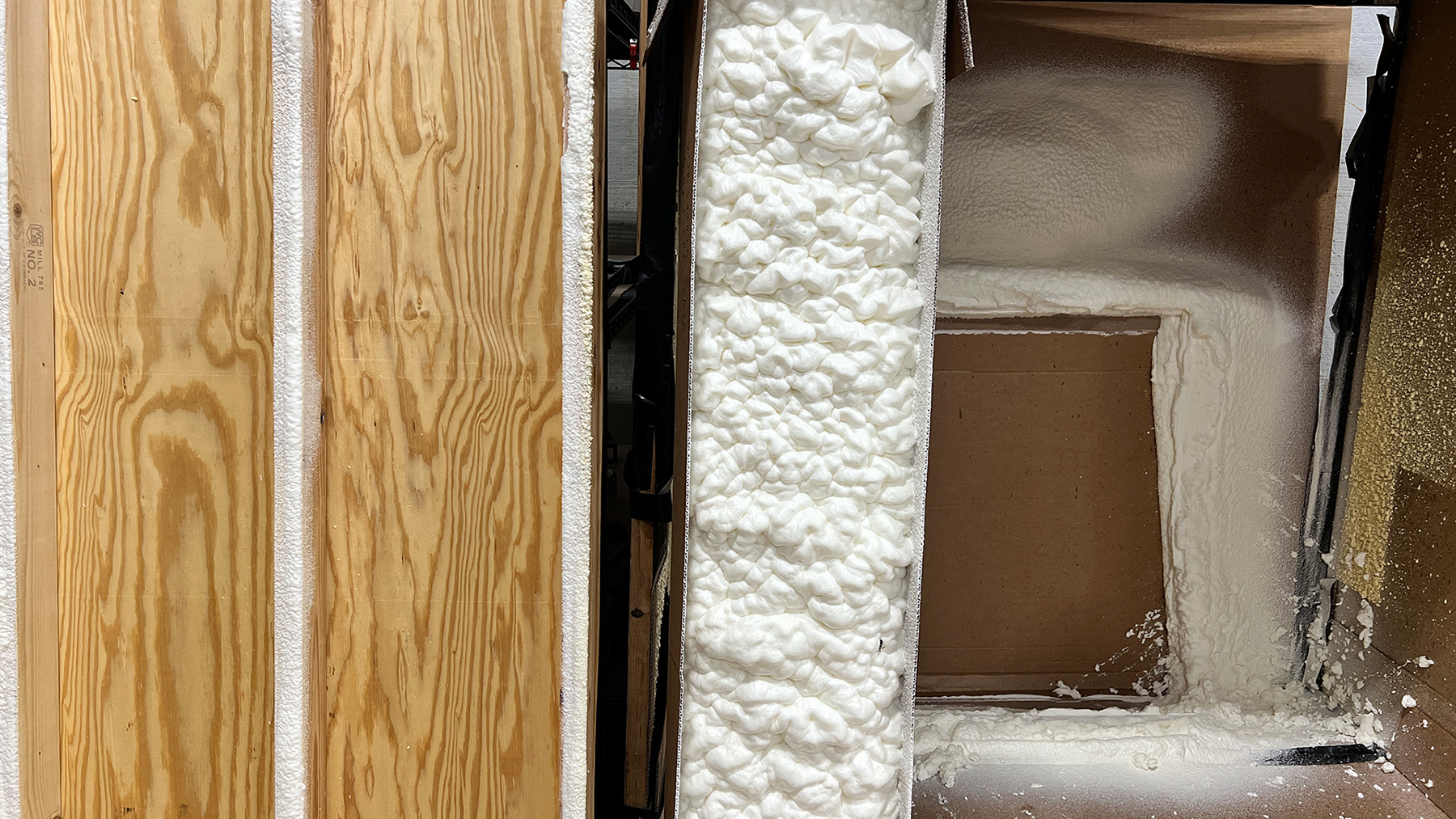
Preparing Substrate Conditions
The substrate material against which the foam is sprayed must be clean and dry. This is because water acts as a blowing agent for polyurethane foam. If foam is applied to a damp surface, it will adhere poorly, have a lower density, and may shrink during thermal shock. It’s recommended to use a moisture meter to verify the substrate’s moisture content.
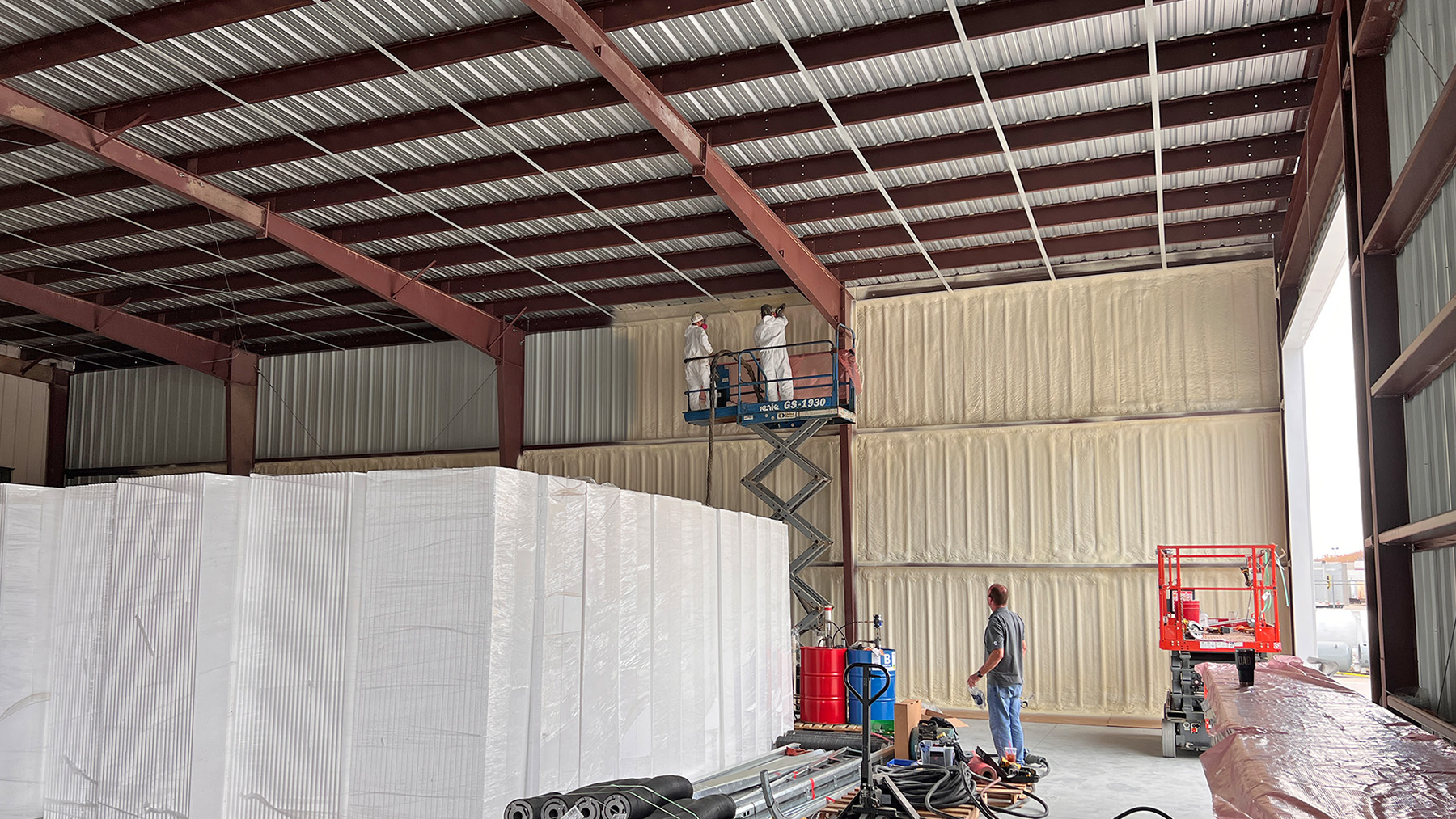
Dealing with different substrate materials
Some substrate materials can interfere with foam adhesion, leading to installation issues. To ensure proper adhesion, surface preparation or primers may be necessary. Additionally, an installer should always perform an adhesion test when new substrate materials are encountered.
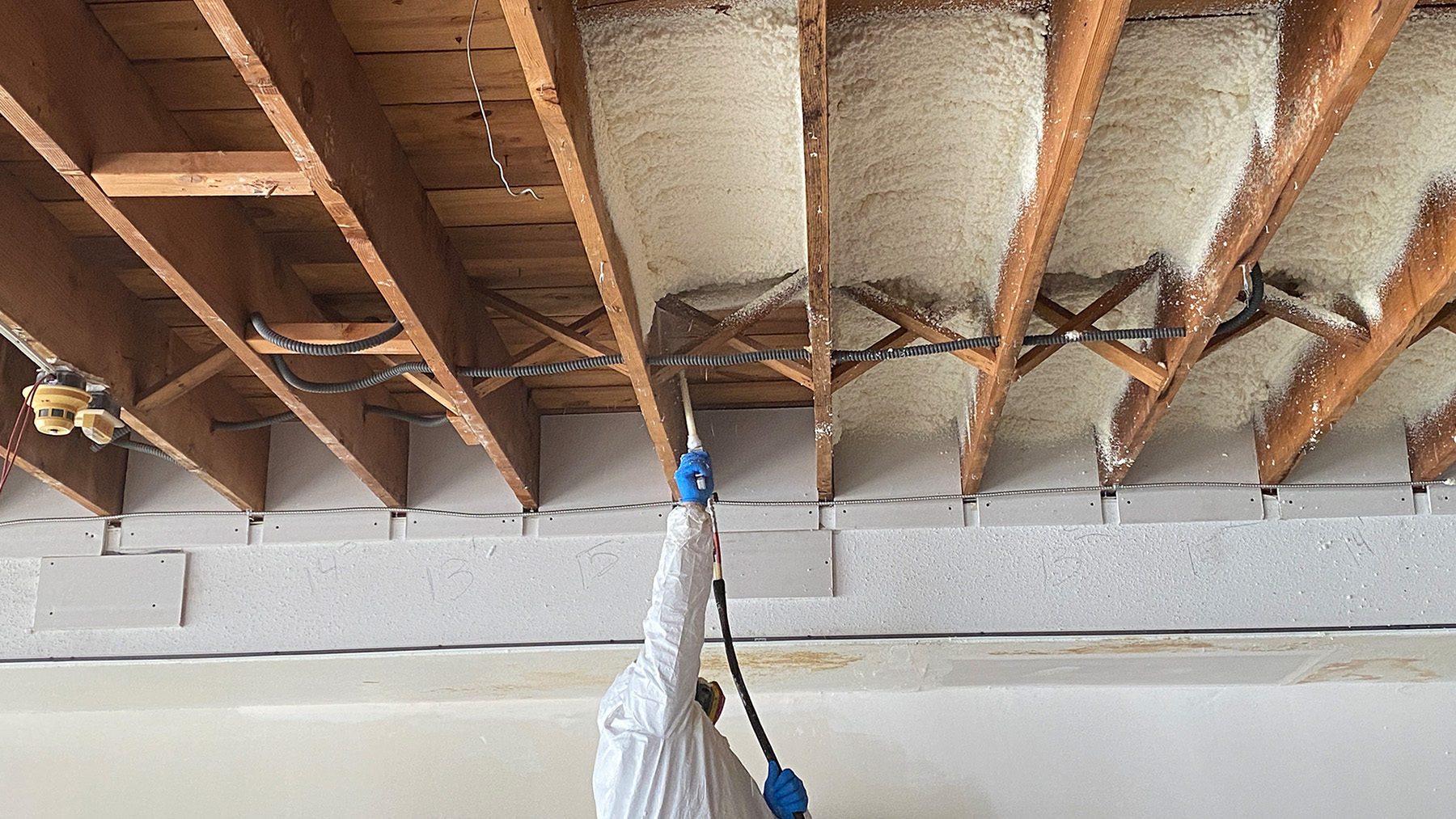
Avoiding Overheating
Applying foam in thin layers or “lifts” is crucial because closed-cell foam generates a lot of heat during curing. If too much foam is applied at once, the heat cannot escape, leading to internal scorching, blowholes, hidden voids, or even potential fire hazards.
Adjusting to Local Conditions
Local conditions can override seasonal norms. As such, installers should be flexible and adjust their techniques based on the situation. Many manufacturers offer different formulations for summer and winter, and some even provide transitional season formulations. It’s vital for installers to understand this and be ready to adjust their techniques accordingly.

With the right knowledge, training, and practices, the complexities of polyurethane foam installation can be navigated successfully. We hope this guide has given you insights into the common challenges and best practices of foam installation.
Remember, as a trusted chemical supplier, we’re not just here to provide you with high-quality polyurethane spray foam products. We’re committed to offering you comprehensive technical service expertise as well. If you have any questions or need further guidance, don’t hesitate to reach out to us.

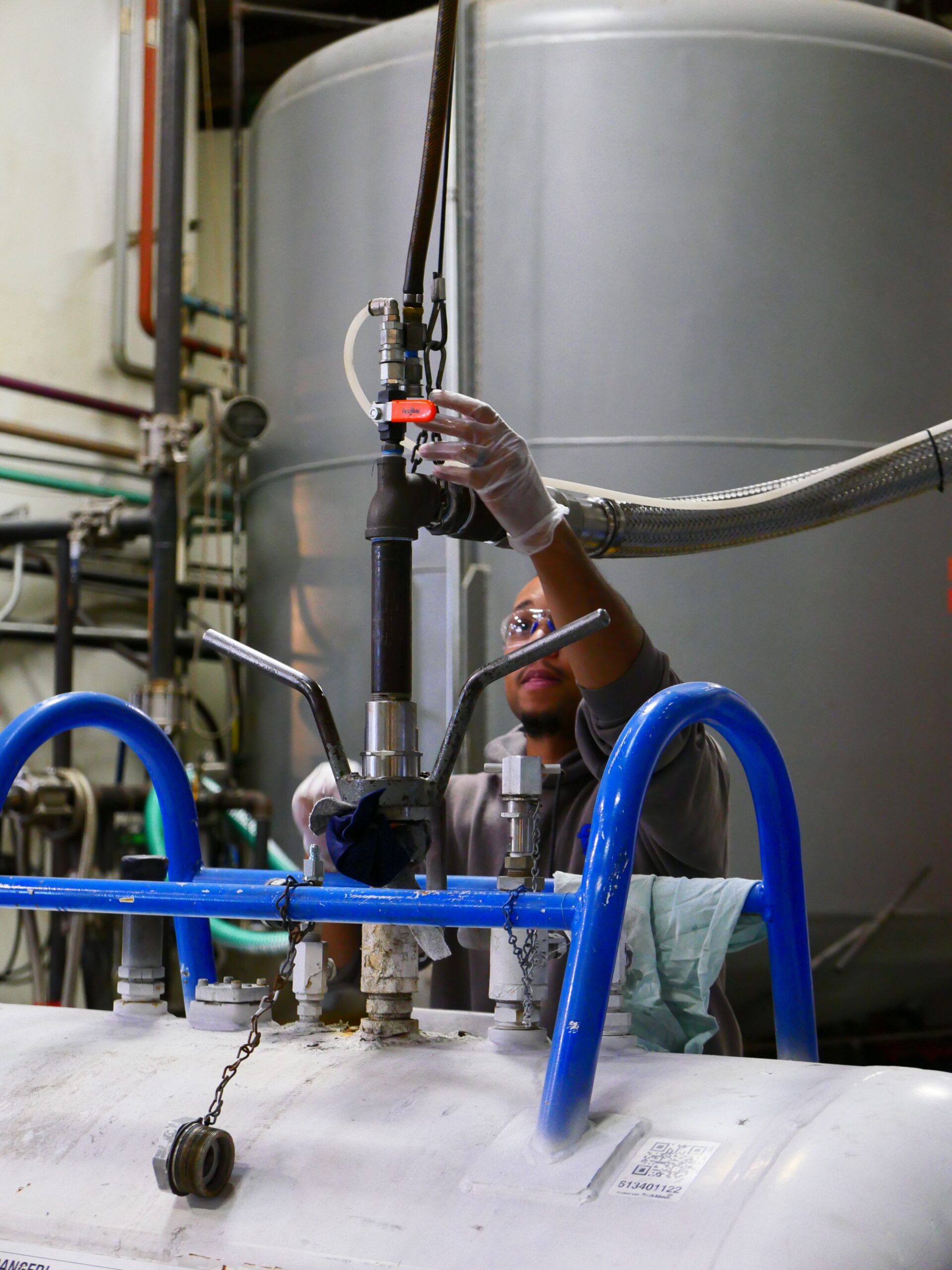




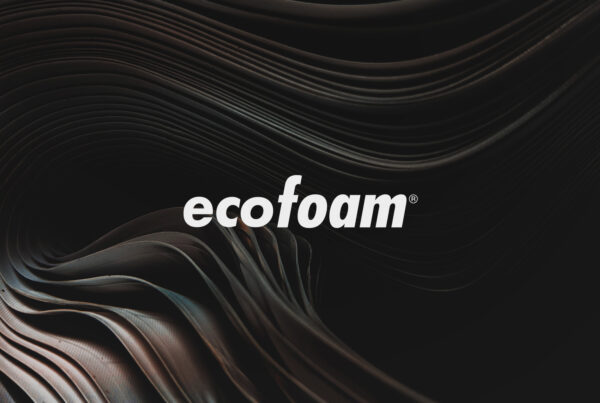

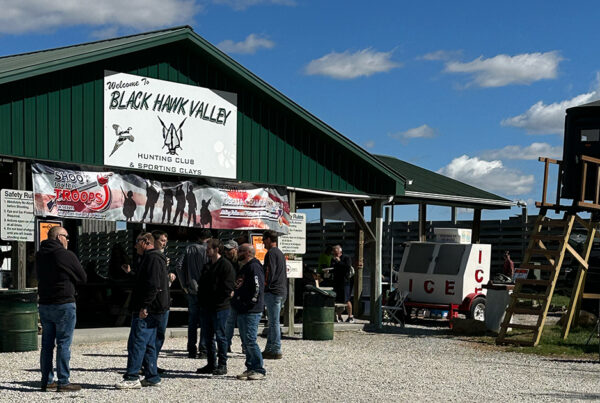
111 Comments